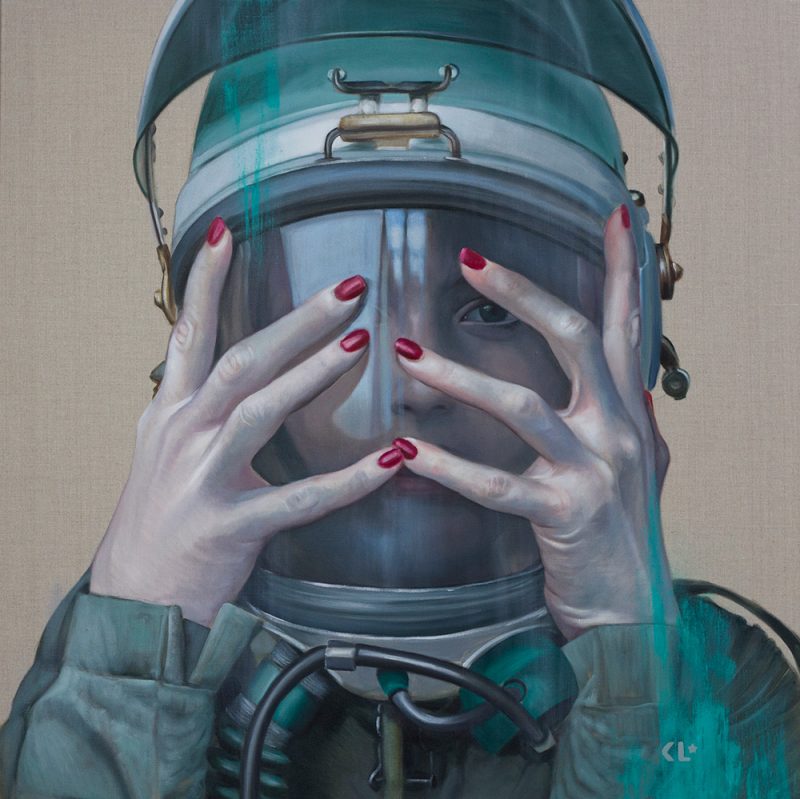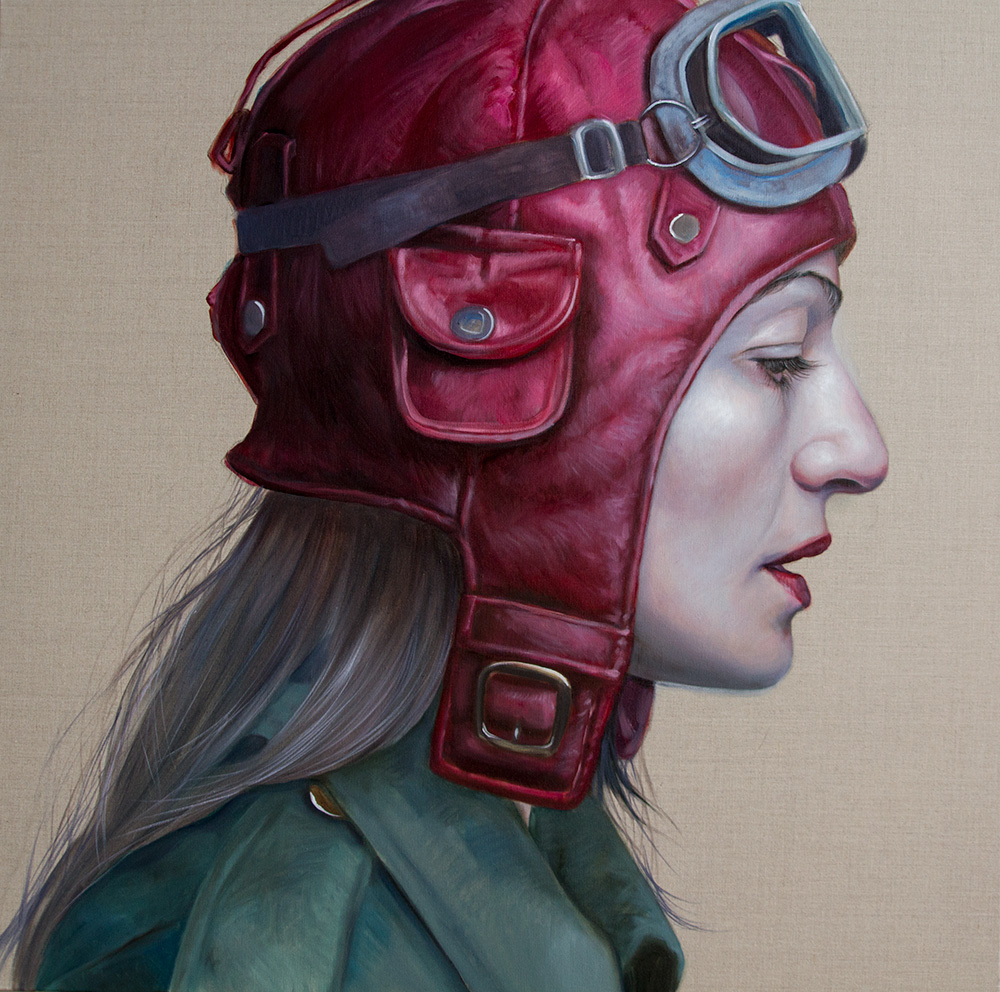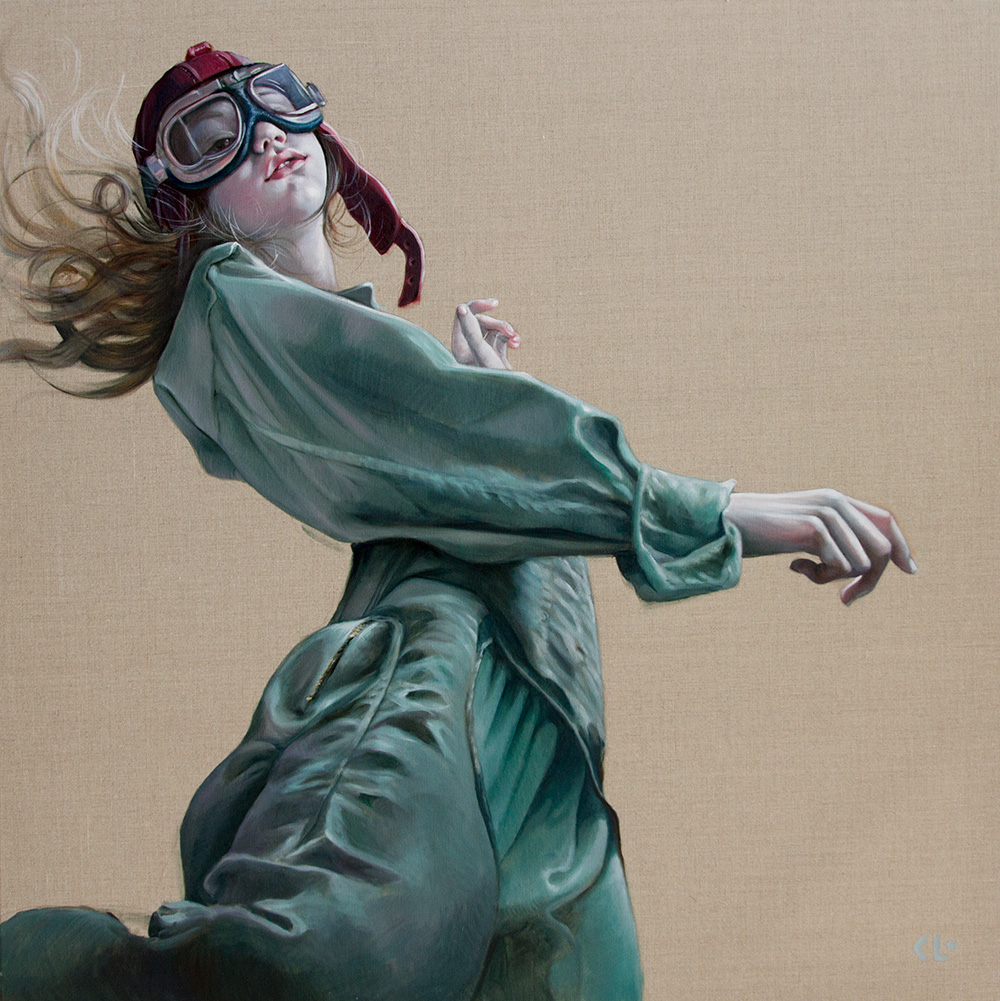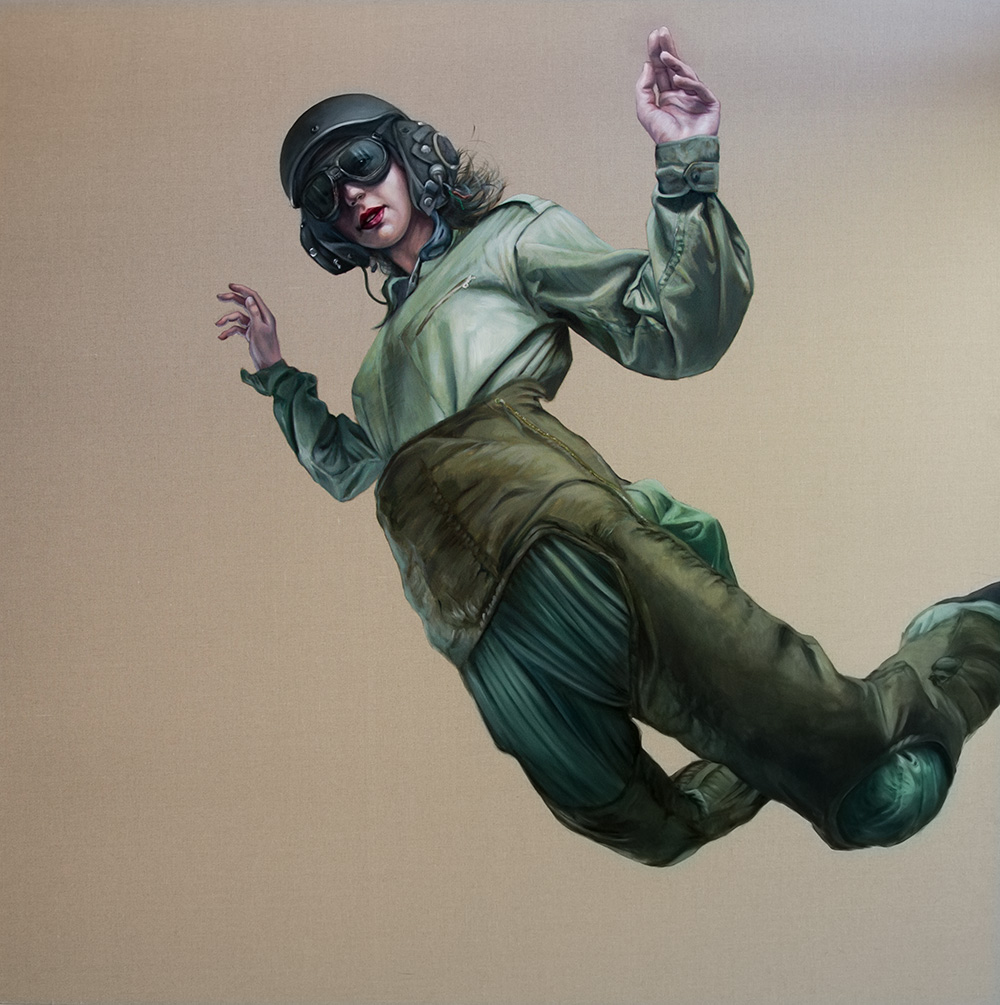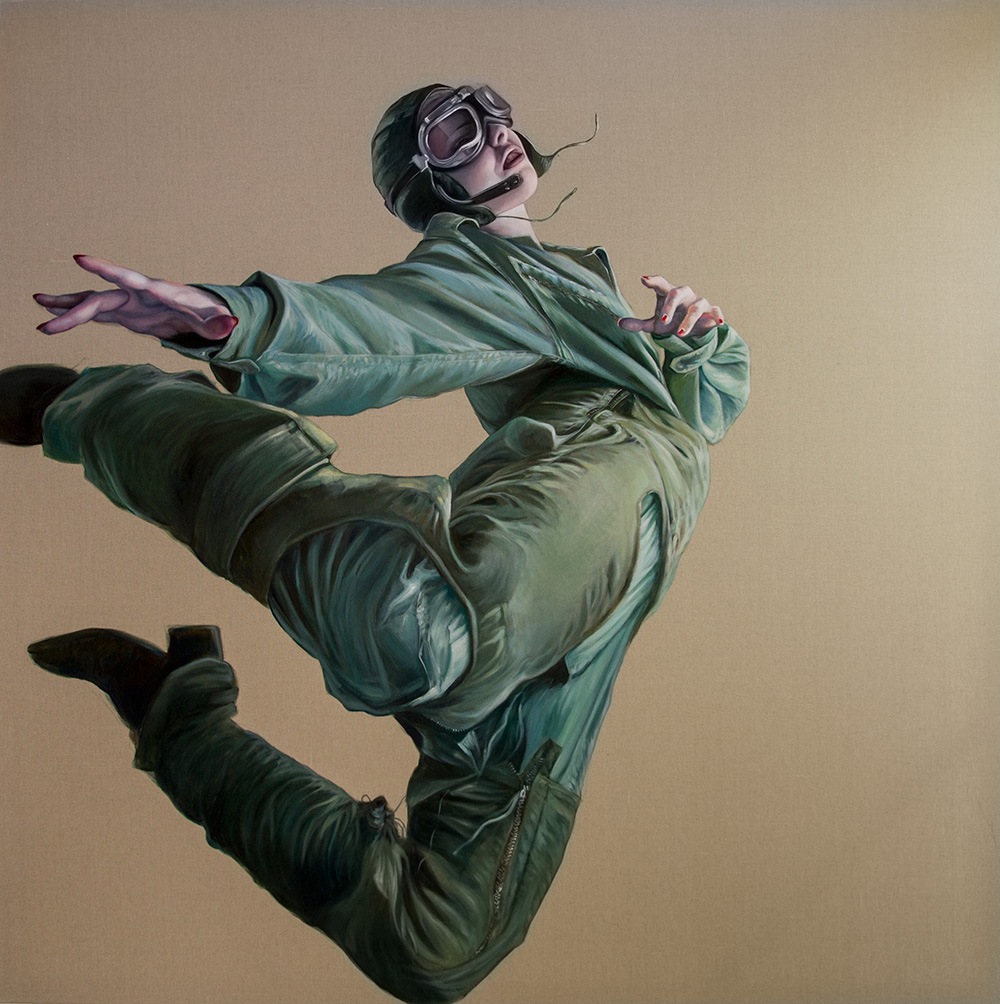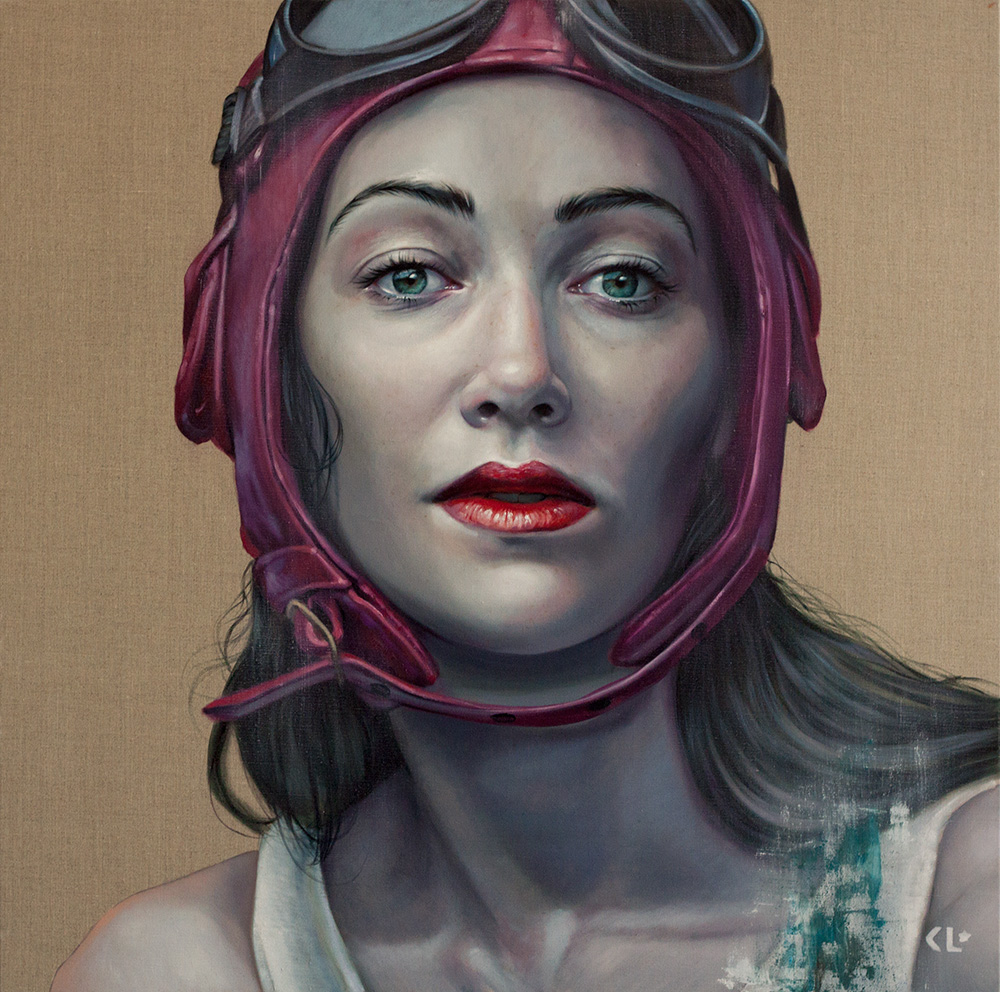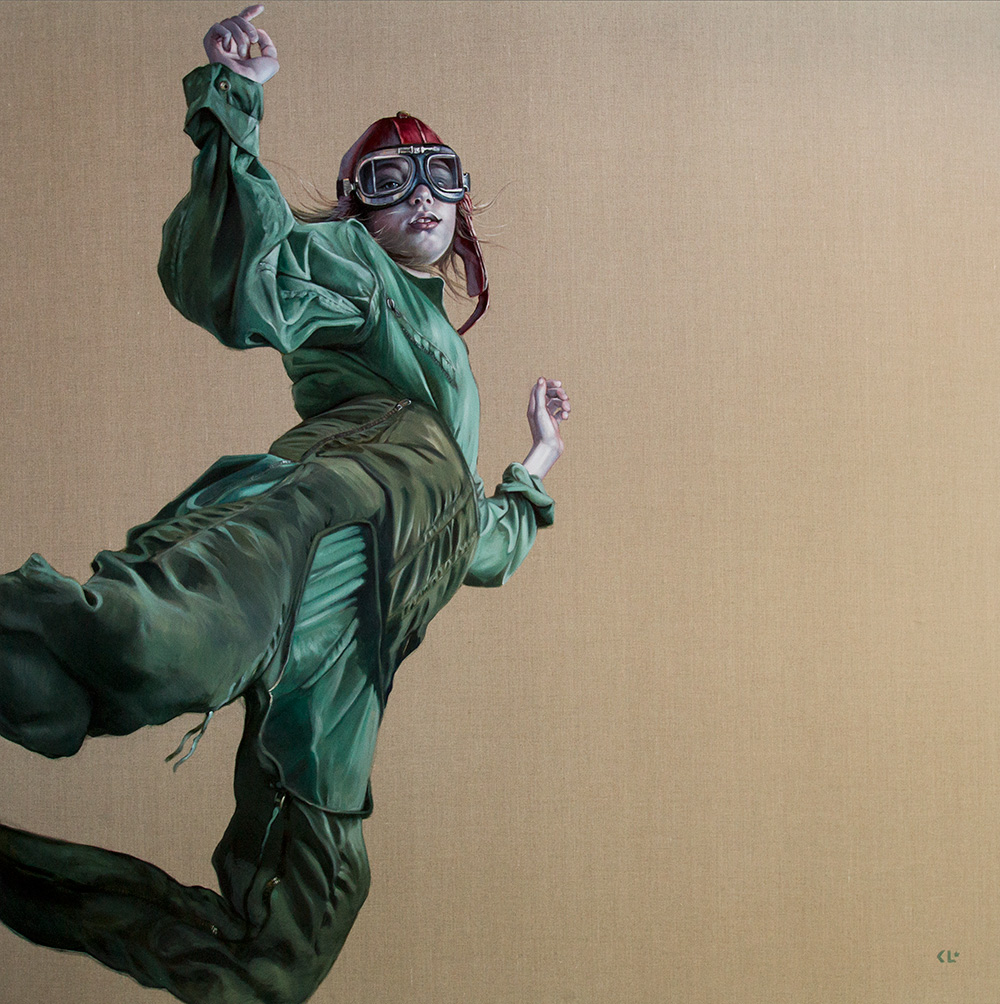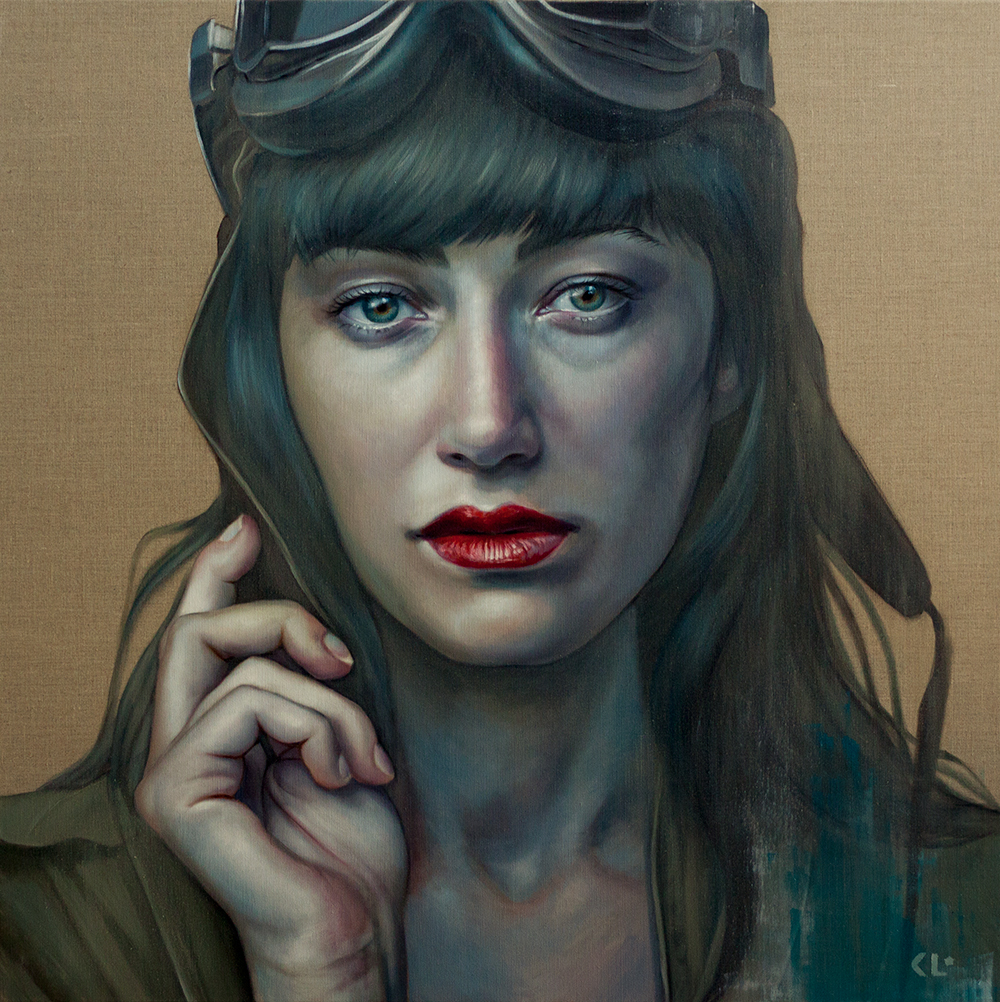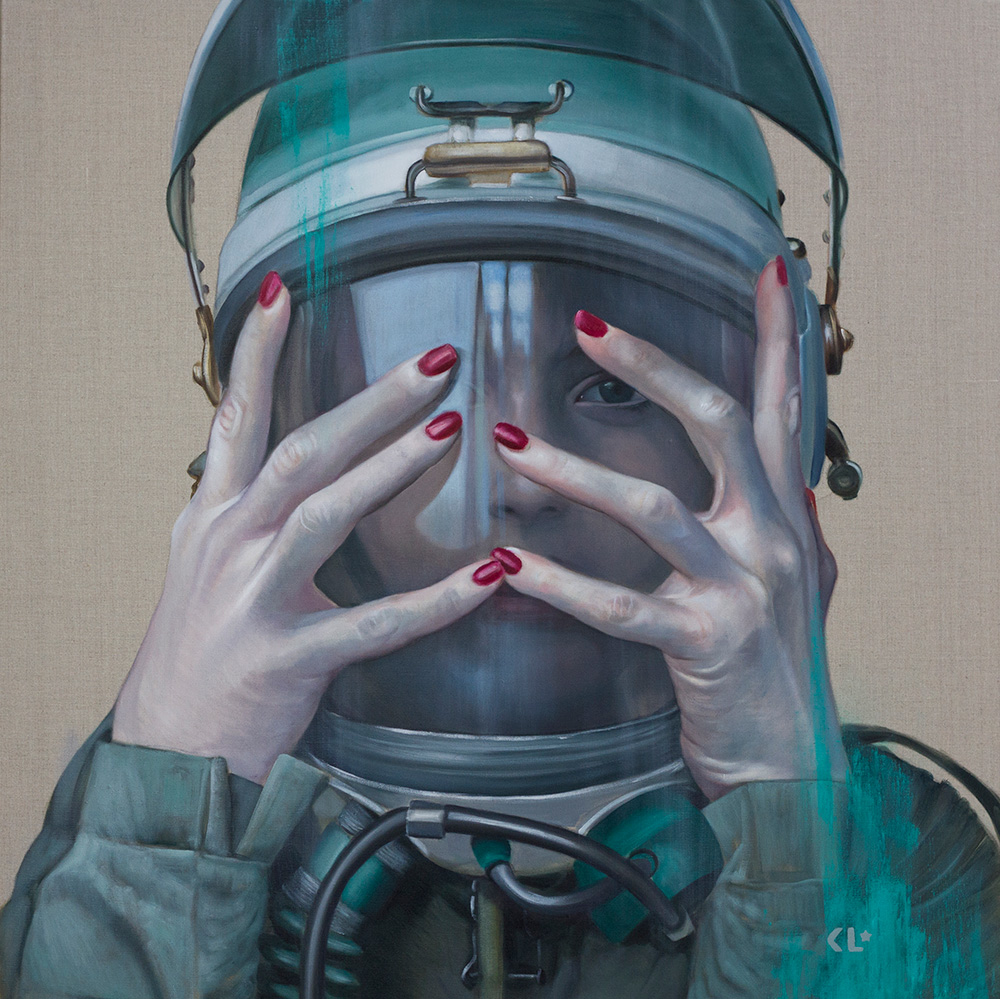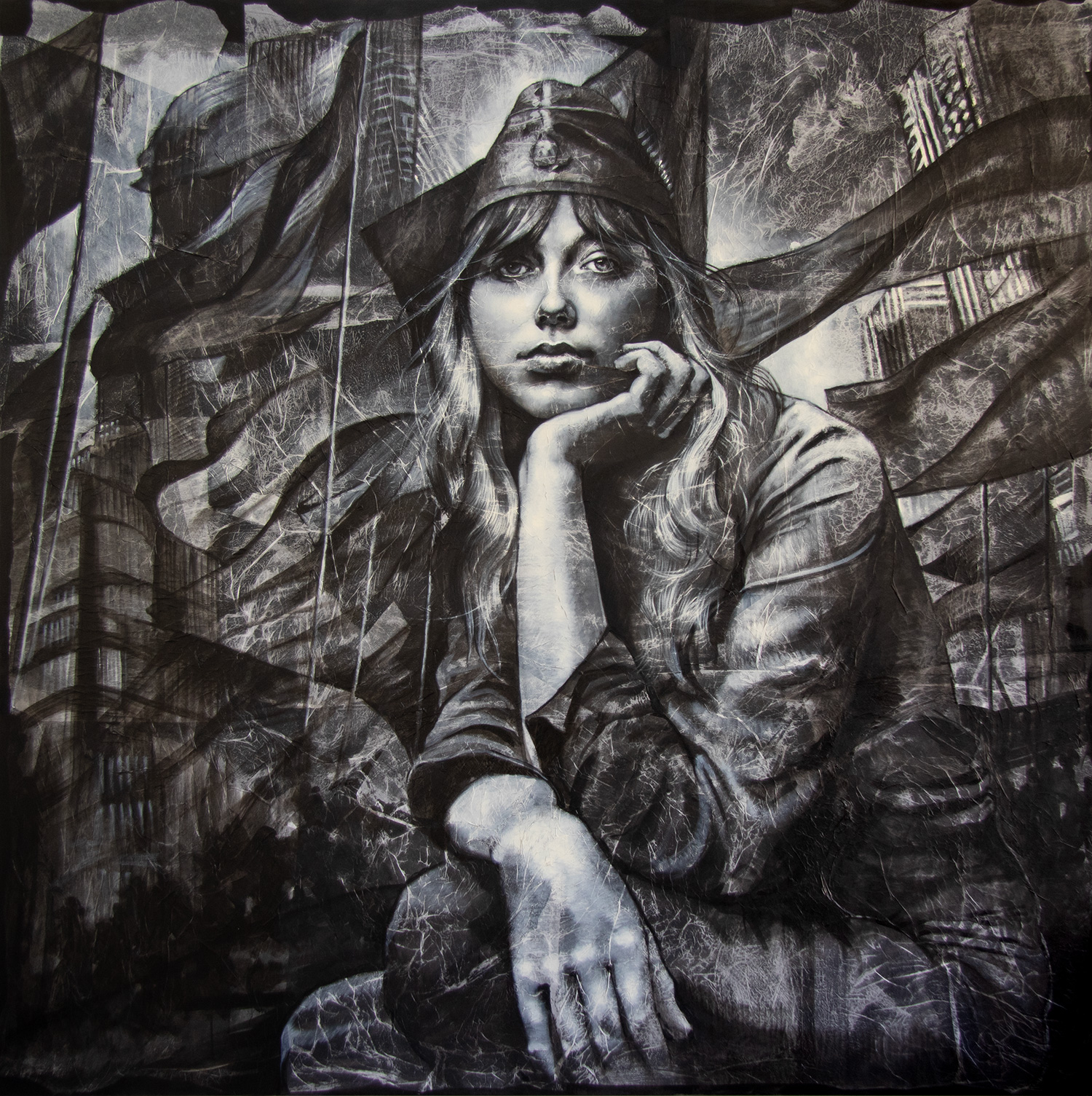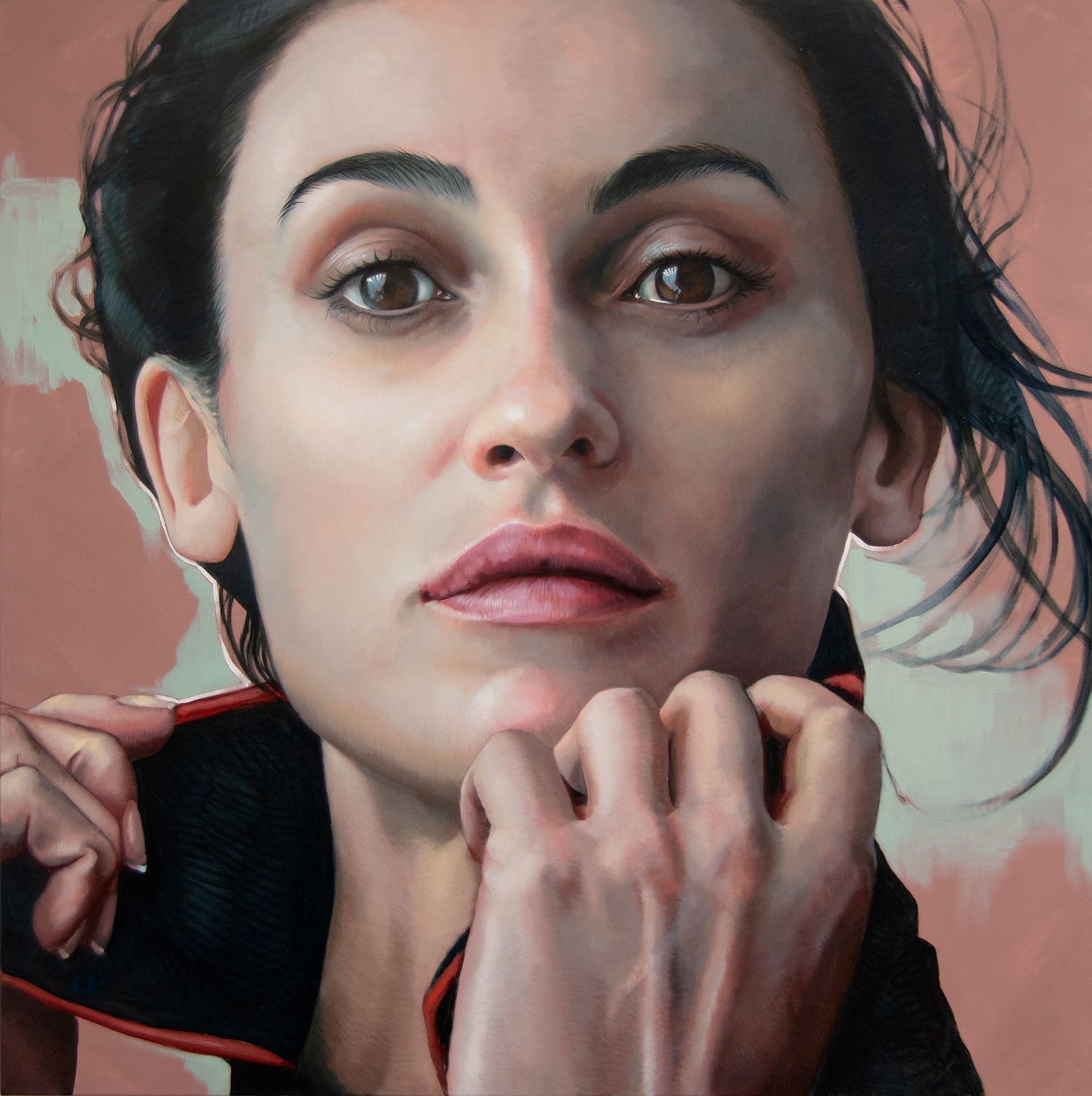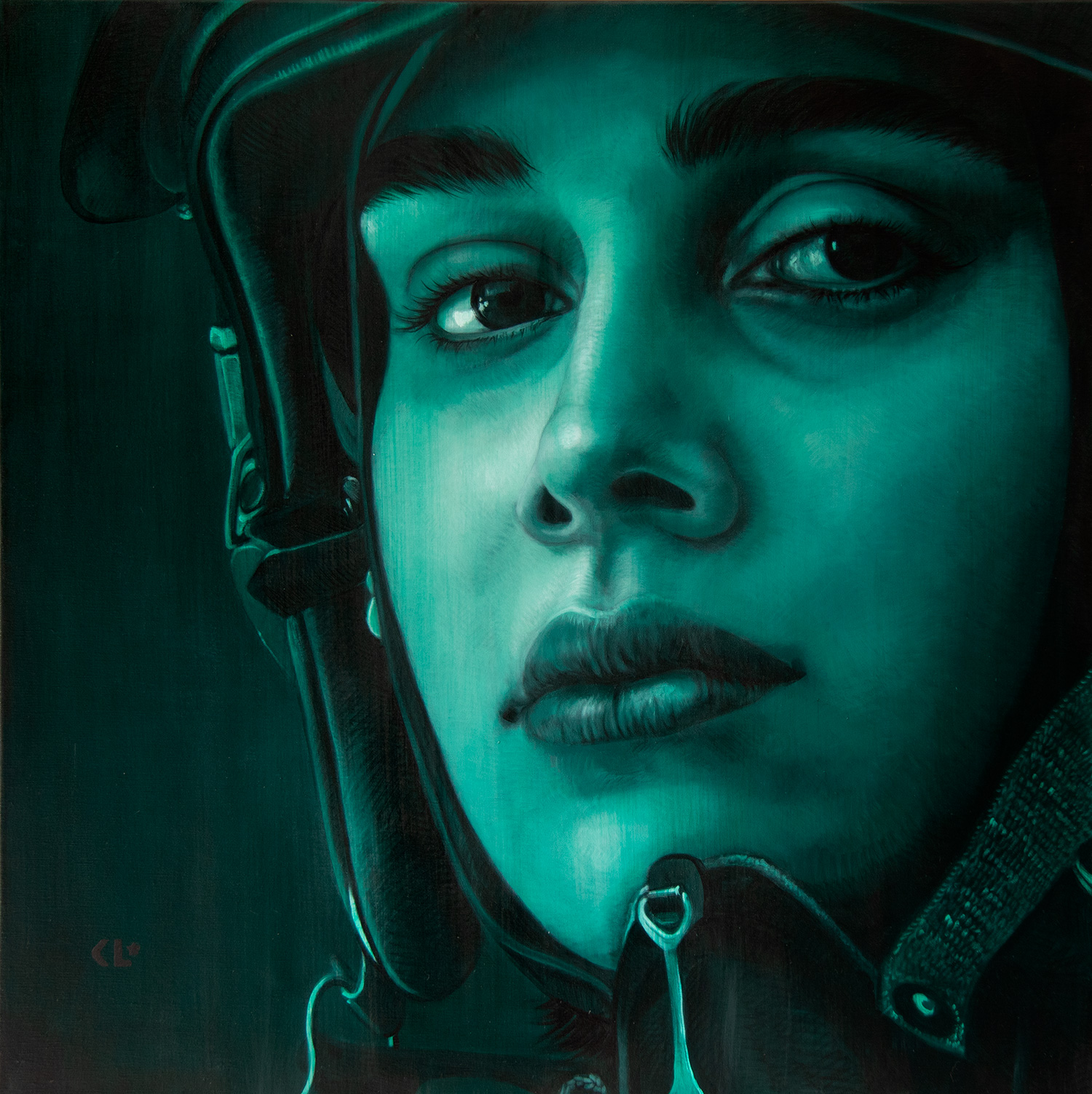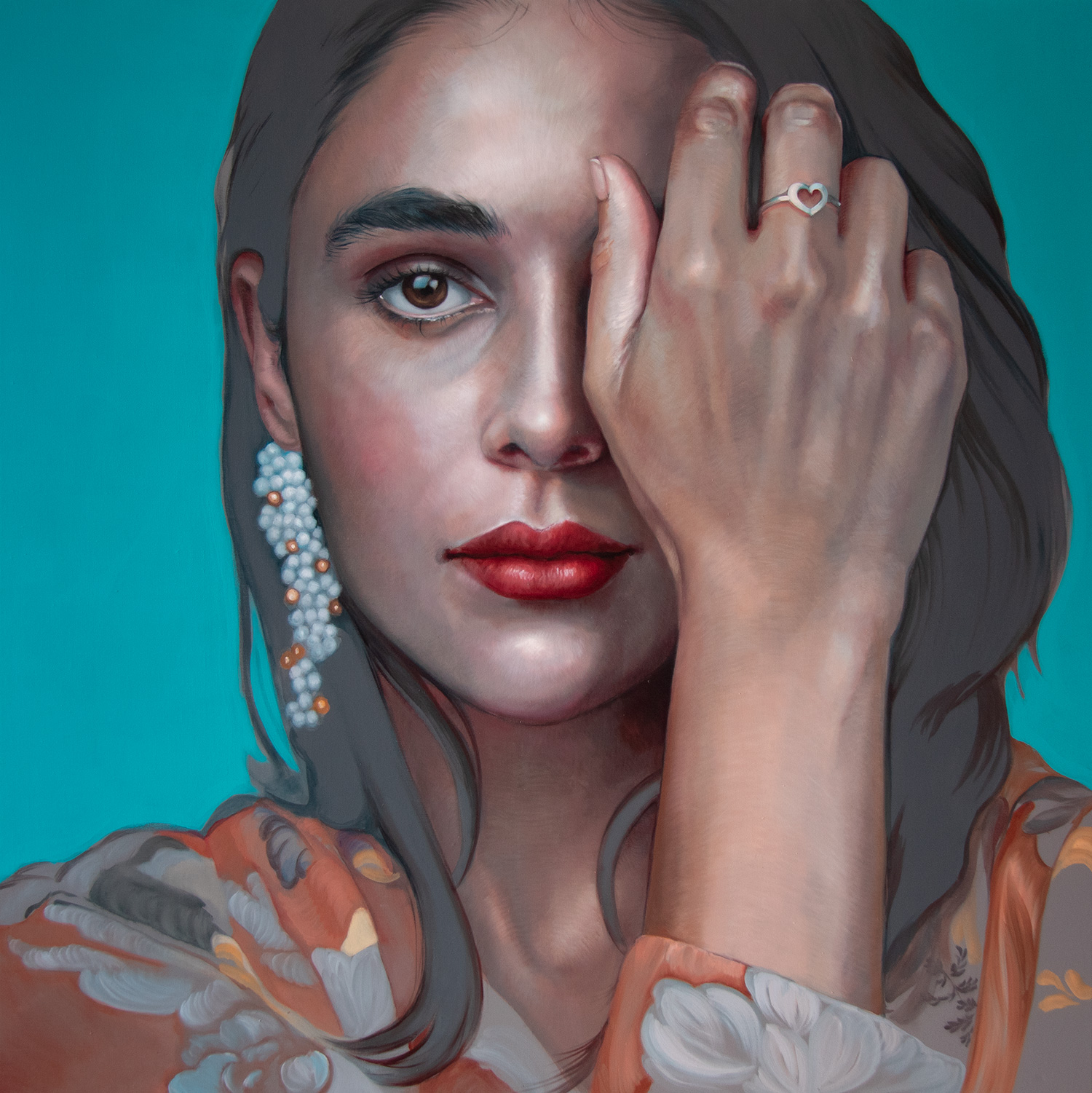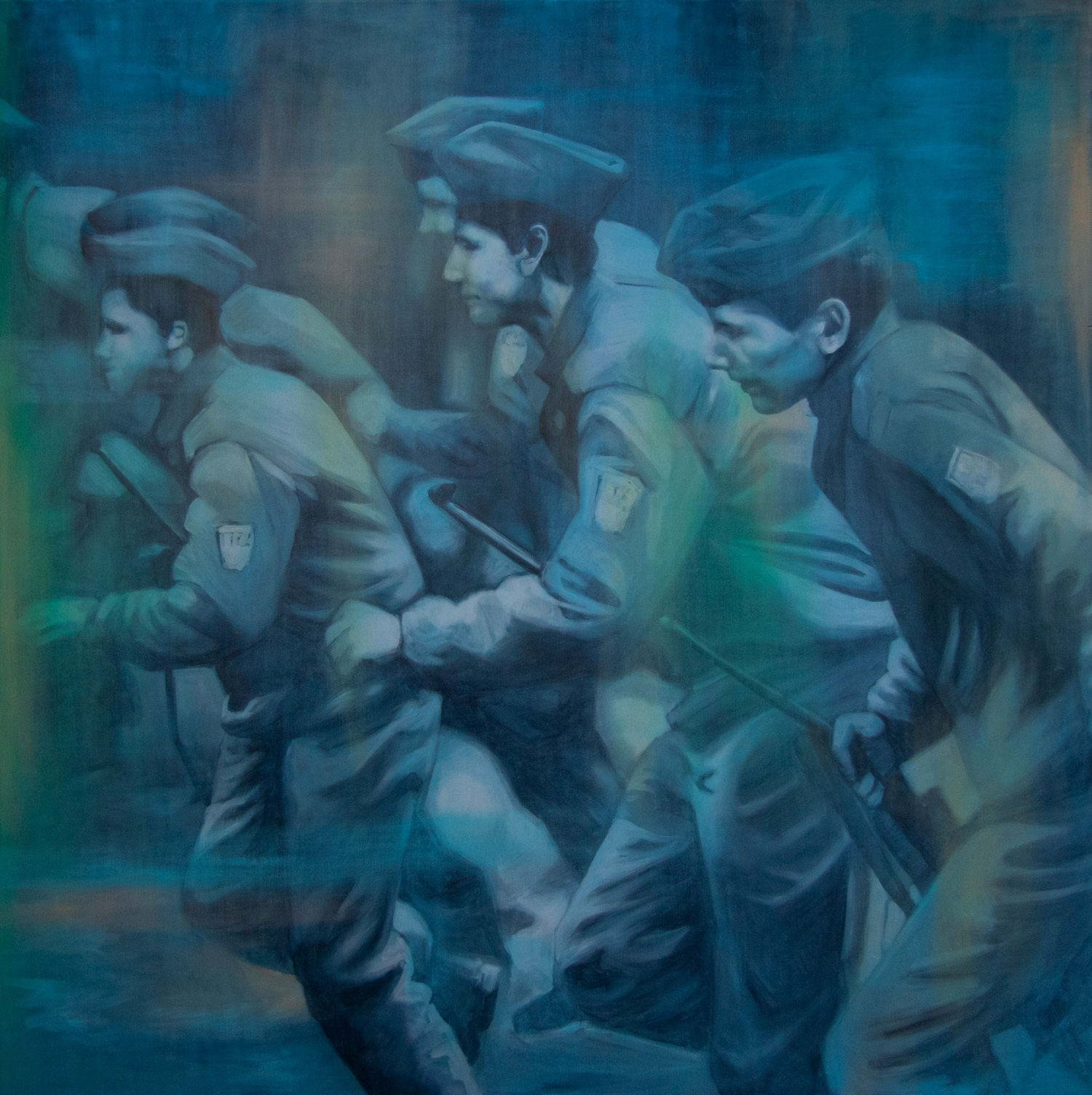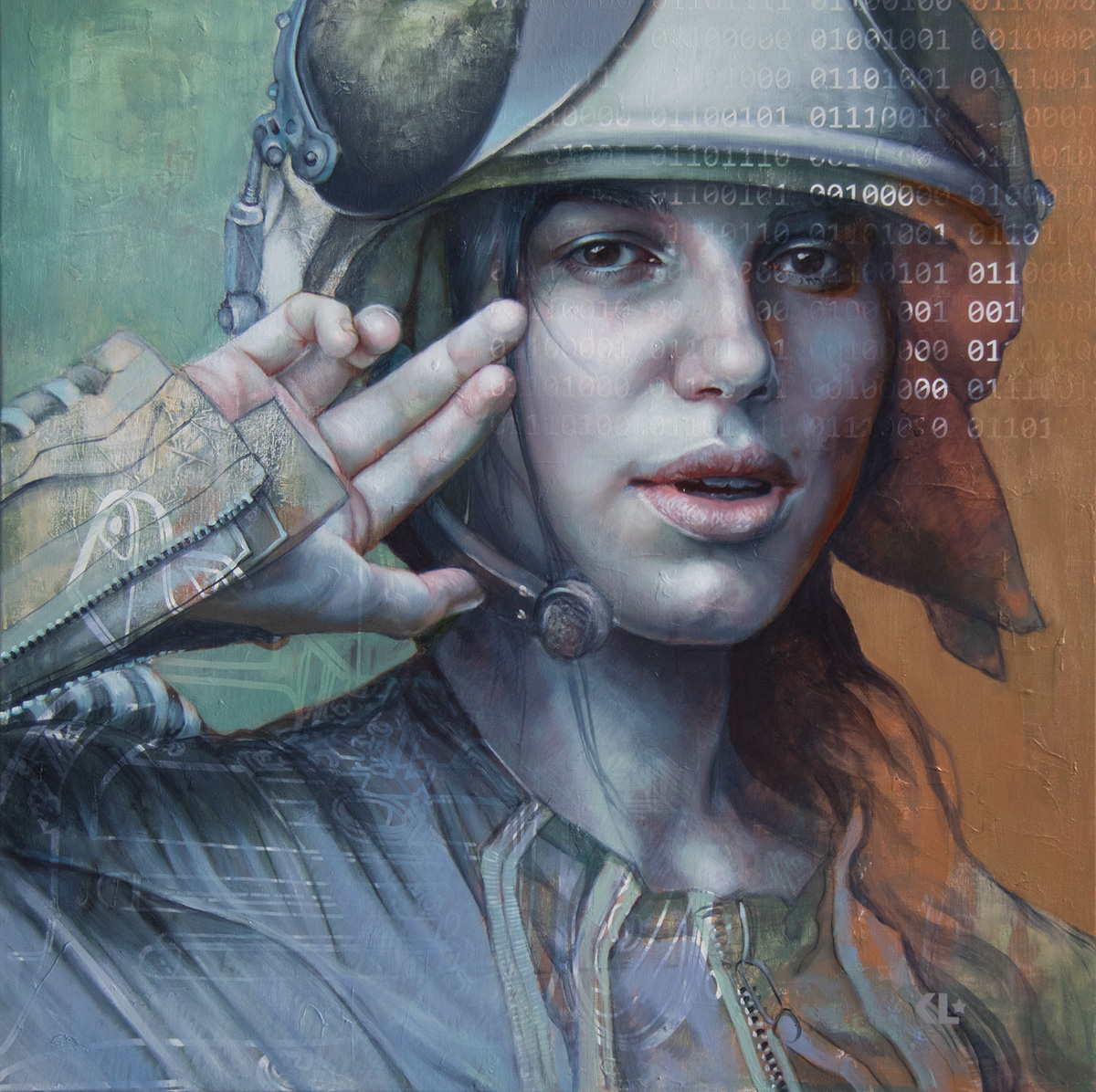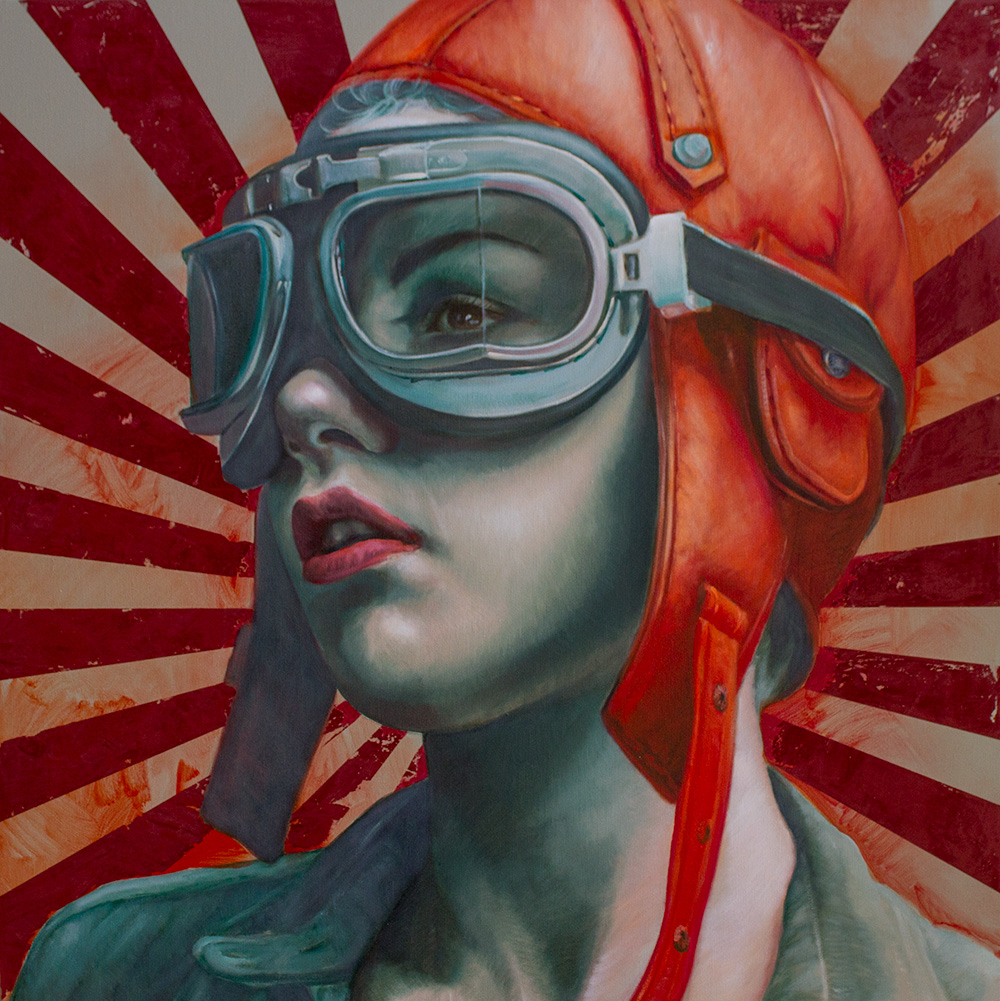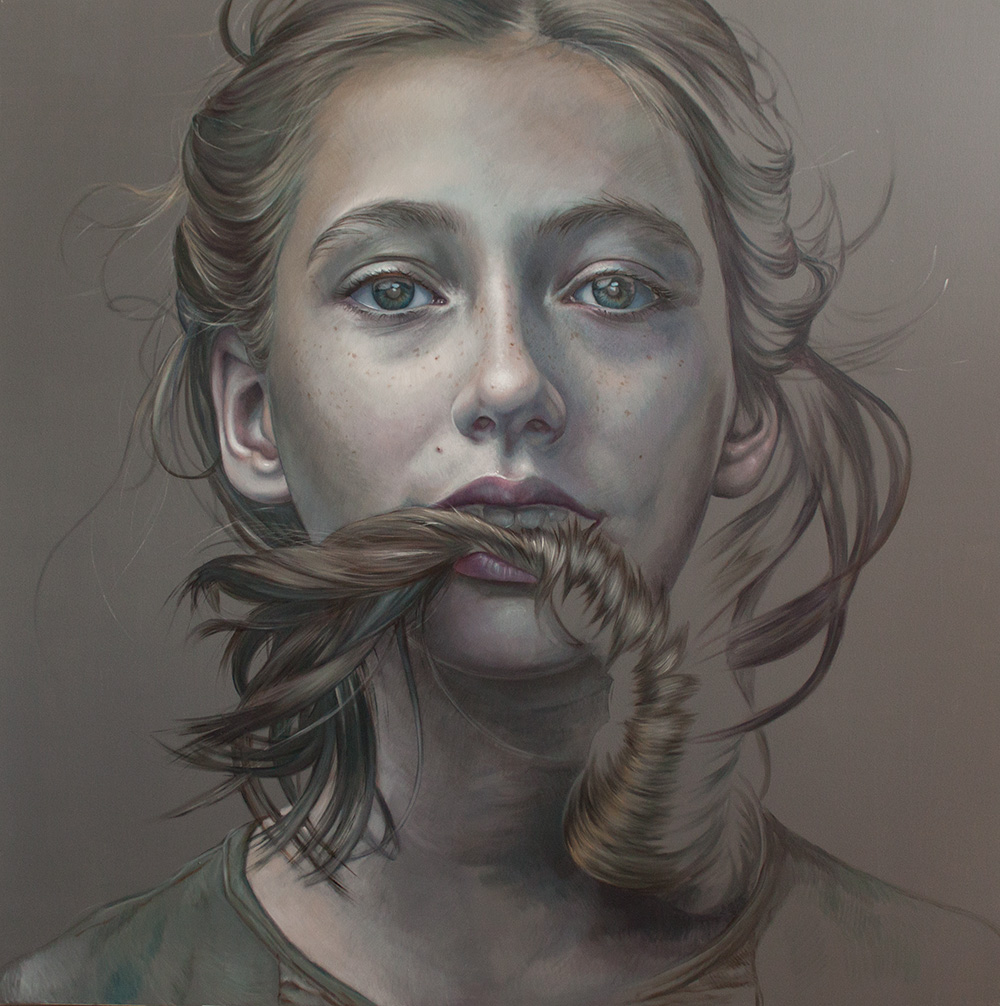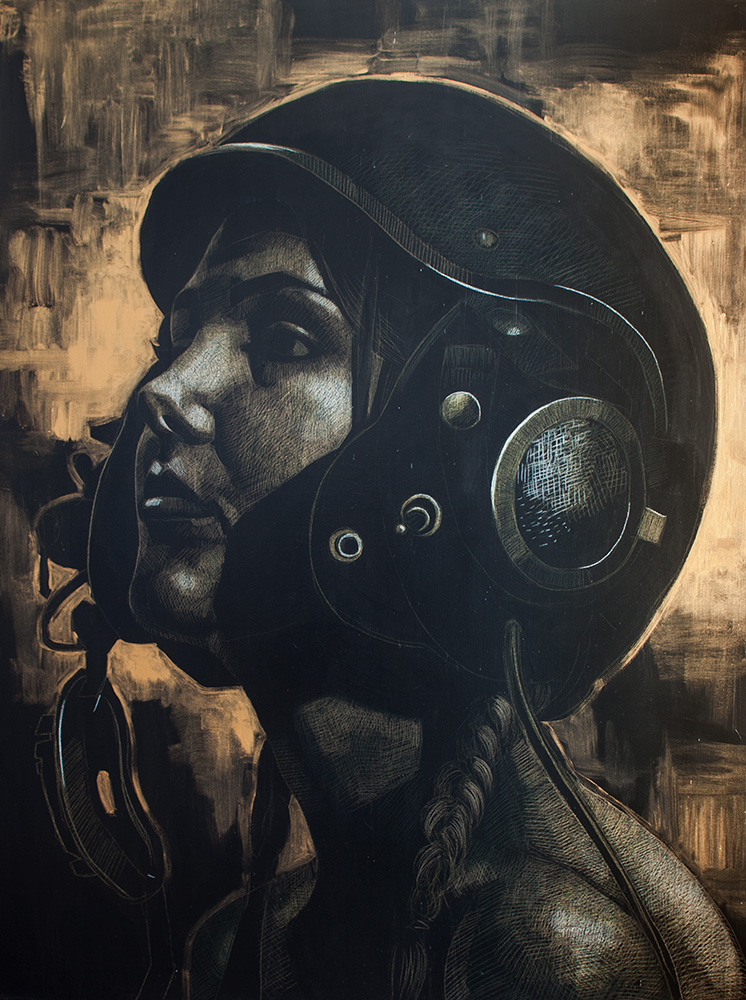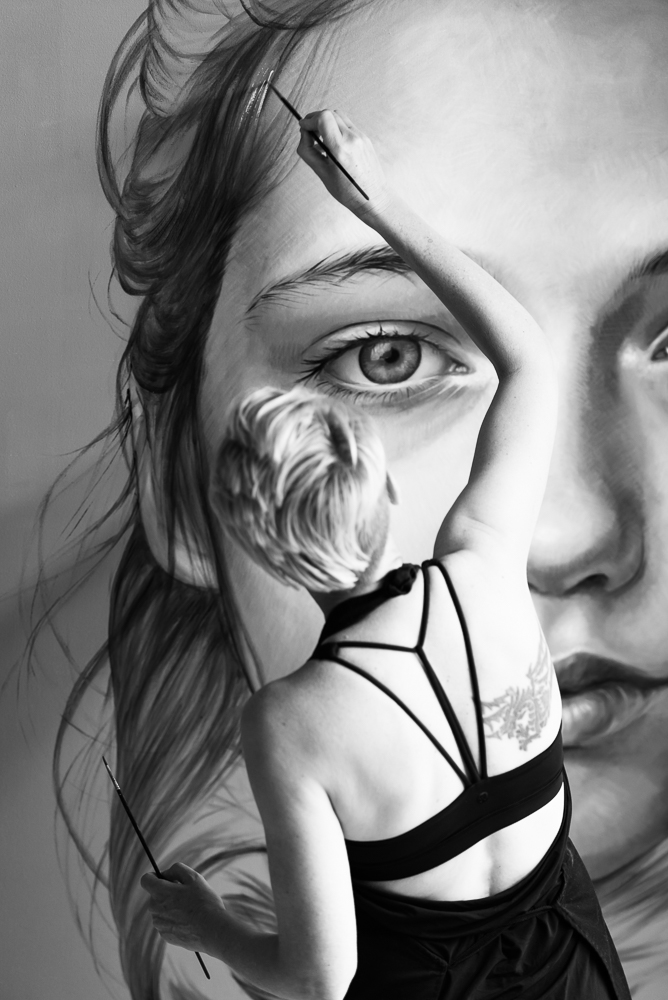Exhibition Essay by Professor James Arvanitakis PhD
Falling Girl: A Reflection on the work of Kathrin Longhurst
Epochal moments of change emerge on us in surprising of ways and at times of contradiction. For example, the most powerful nation in the world has elected a reality television celebrity and misogynist as President (who can forget the ‘grab them by the pussy’ video?) at the same time as the #MeToo movement has emerged to challenge some of the most entrenched male dominated power structures.
The “#MeToo” movement has become so ubiquitous that it may surprise us to be reminded that it only began in October 2017, spreading virally as a hashtag on social media to highlight the prevalence of sexual assault and harassment across workplaces, social spaces and education facilities. While this hashtag was popularised shortly after public revelations of sexual misconduct allegations against Hollywood producer and power broker, Harvey Weinstein, we can trace this back to countless women who have fought for gender justice: from the suffragettes at the turn of the twentieth century, to the Asociación Madres de Plaza de Mayo (Mothers of the Plaza de Mayo in Argentine who are the mothers whose children “disappeared” during the state terrorism of the military dictatorship, between 1976 and 1983) and the ‘Destroy the Joint’ movement that reminds us of the number of domestic violence deaths that occur in Australia on a daily basis.
The hashtag itself, #MeToo, was originally used by Tarana Burke to empower other women of colour that had experience sexual abuse. Long before it became mainstreamed by Hollywood, Burke showed the solidarity that has characterised these other movements.
It is within the context that we can place the work of Kathrin Longhurst.
Kathrin has a long history of painting strong female figures who challenge us. Historically, she has been inspired by Soviet-era propaganda art, providing insights into her childhood. This Socialist realism emerges as Kathrin grew up in Communist East Germany, ‘behind the iron curtain’. Years travelling after the fall of the Iron Curtain and decades in Australia has seen her influences change and alter – but that edge of propaganda art remains.
Kathrin’s figures are portrayed in different poses: sometimes staring into the distance and other times directly at us; sometimes standing firm on the ground and at other times floating through the air. Regardless, these are women who are part of a larger movement: challenging, confronting, defying and defiant.
Art has a unique role in our society, it always has. Like their predecessors, today’s artists are our conscious – mirroring the things we should be proud of, the things we find challenging, and sometimes, reminding us of things that we would prefer to forget.
Kathrin’s work simultaneously falls into each of these categories. We are reminded of the power and defiance of the women that her work represents, as well as the suffering that women have endured, and continue to endure, as they fight for justice. The epochal moment of #MeToo is reflected in the work of Kathrin Longhurst, and so much more.
This exhibition captures defiance and power: true feminine and feminist qualities. It is for this reason that Kathrin’s work has never been more important, both visually and philosophically.
[1] https://www.theguardian.com/world/2018/jan/15/me-too-founder-tarana-burke-women-sexual-assault